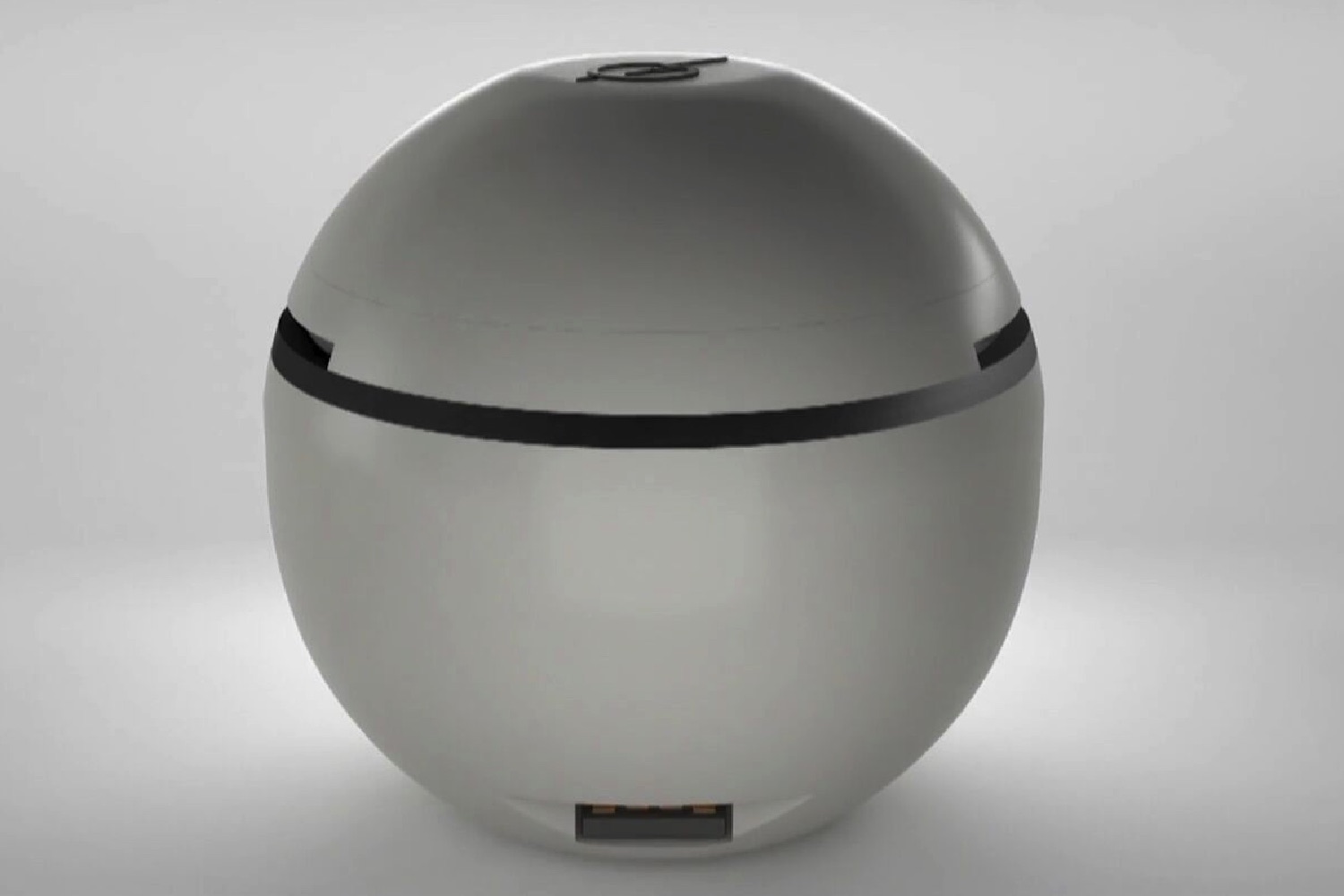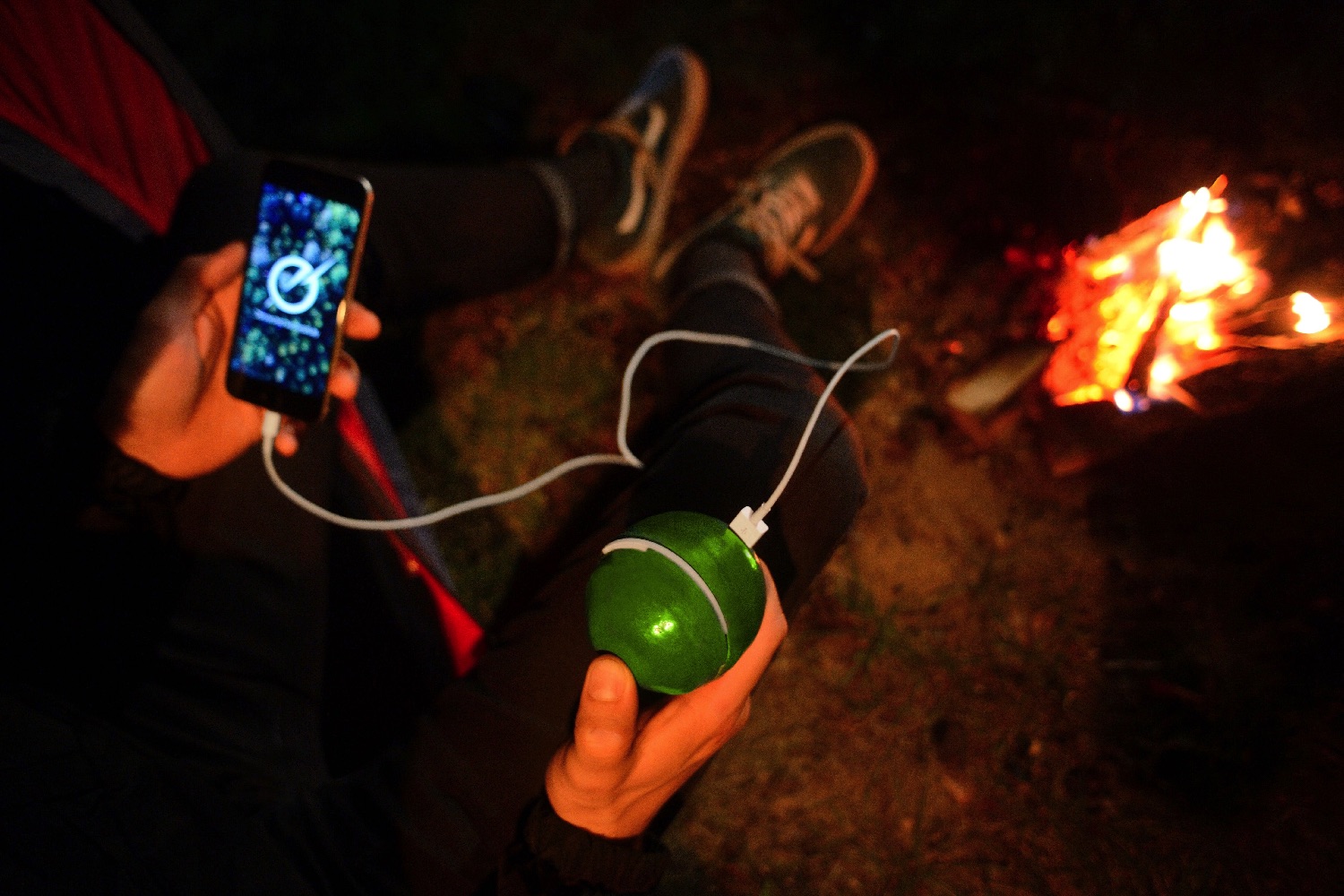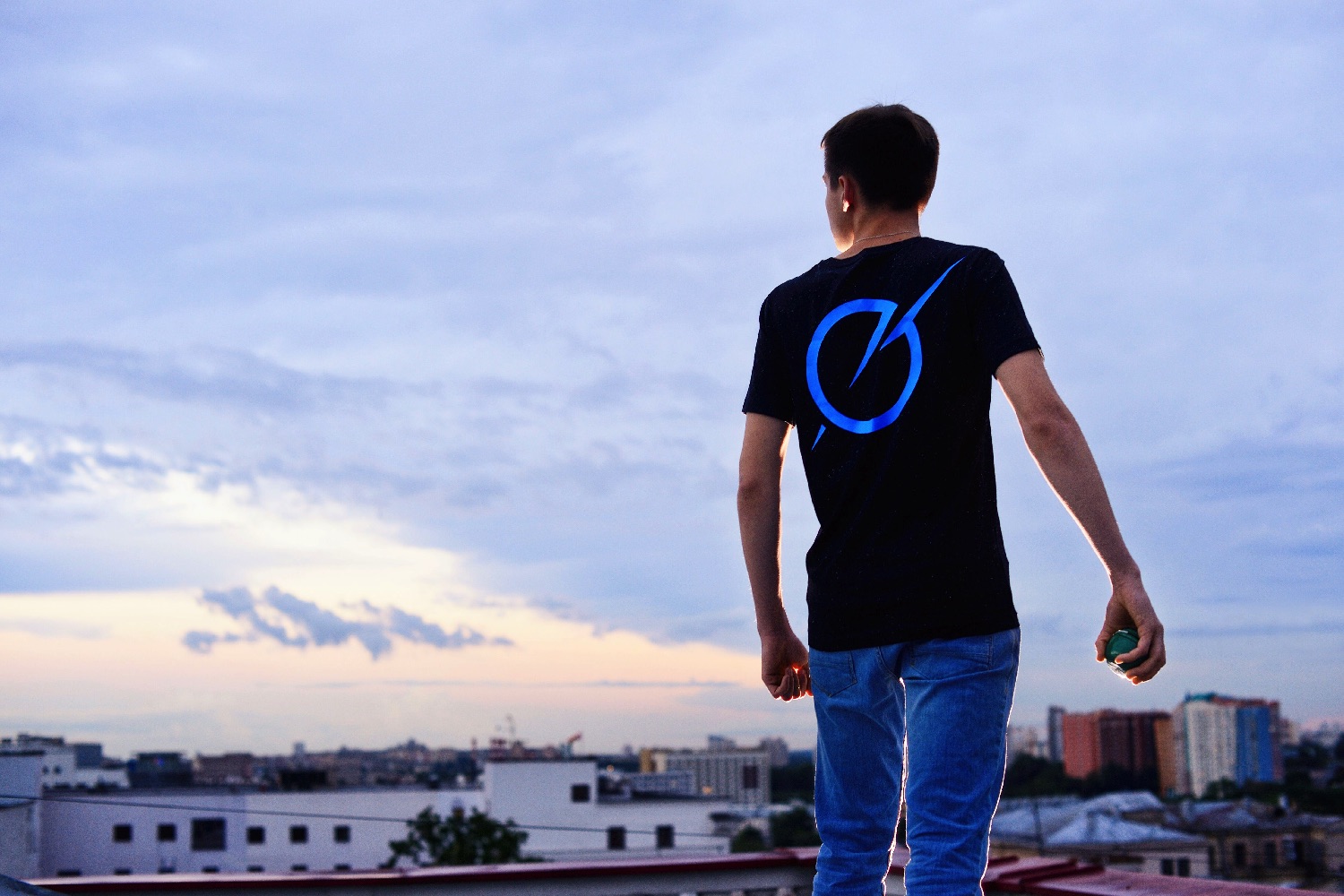The good folks behind new Kickstarter campaign HandEnergy have a solution. They’ve developed what looks a bit like a Poké Ball, but is in fact a spherical pocket electricity generator that lets users charge anything from their smartphone and tablet to their camera and flashlight using nothing more than the power of their own bodies.
“You may be familiar with the wrist-training device called the Powerball, which is a powerful handheld gyroscope,” co-founder Alex Novik told Digital Trends. “We came up with the idea of putting a battery, metal coil and magnets inside a similar device for generating electricity. We spent a year developing it, trying to find the best materials we could. After around a dozen prototypes, we finally arrived at one that we were happy with.”
HandEnergy users begin by winding a starter ring. This transmits an impulse to the rotor, at which point the user can start rotating the device with their wrist to keep the rotor spinning. With an average speed of 5,000 RPM, HandEnergy’s magnetic rotor transmits mechanical power to create an electric current, thereby charging the built-in batteries.
Once it’s all charged up, you simply plug in a USB and pass the charge onto whichever device you’re hoping to add some juice to.
“We don’t necessarily think this will be something that you use every day, because it takes around one hour to reach full capacity,” Novik continued. “But it’s small enough to fit in your pocket, and you can use it anywhere if you find yourself someplace with no plugs or available electricity.”
The team behind HandEnergy originally met on a clean energy web forum, and Novik said that they have plenty of other ideas for future products that can generate clean energy using the human body. For now, though, the best way to support the initiative is to place a pre-order for HandEnergy over on their Kickstarter page.
An “early bird” edition of the device will set you back $73, and shipping is set to take place in May 2017.







